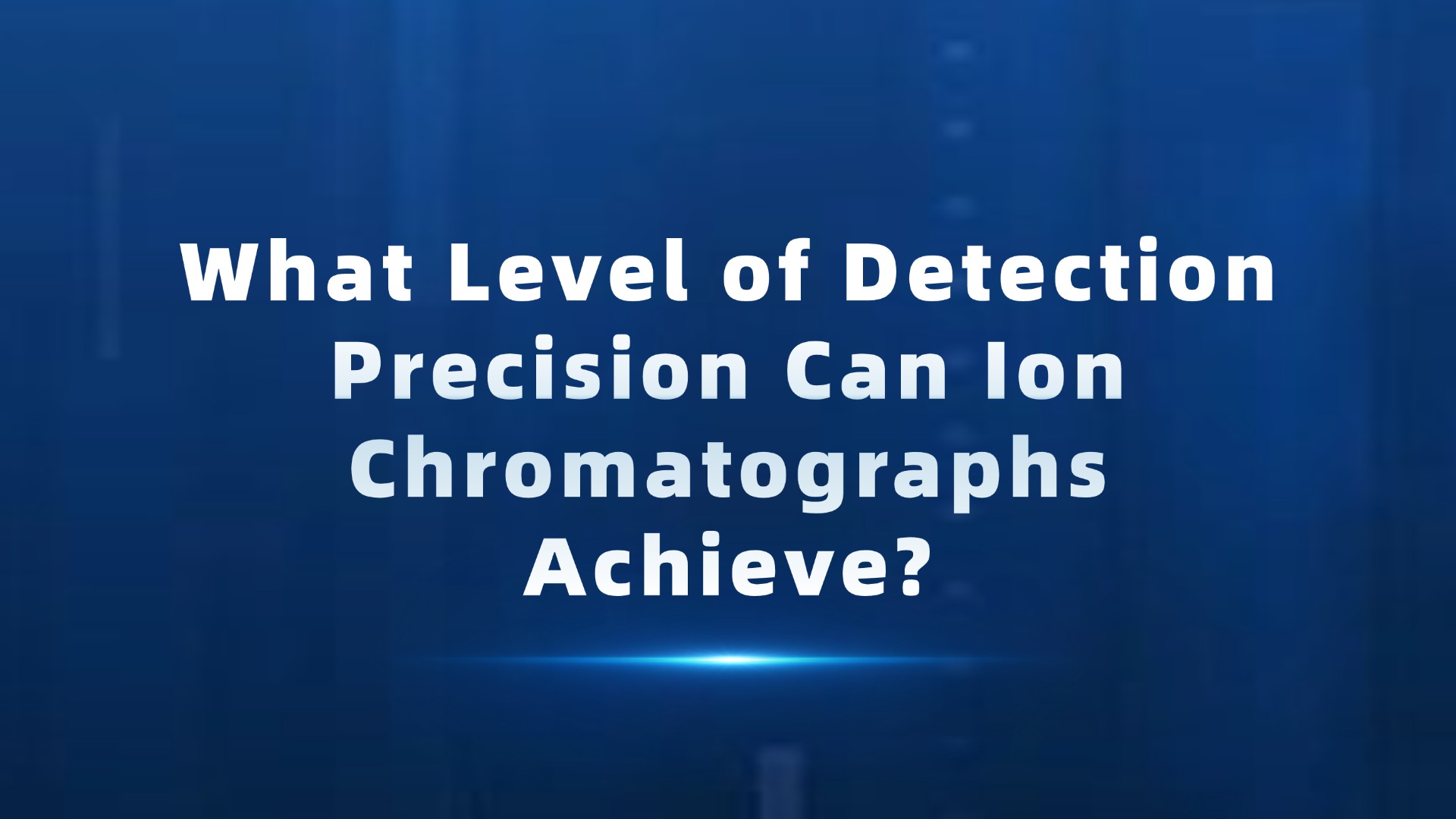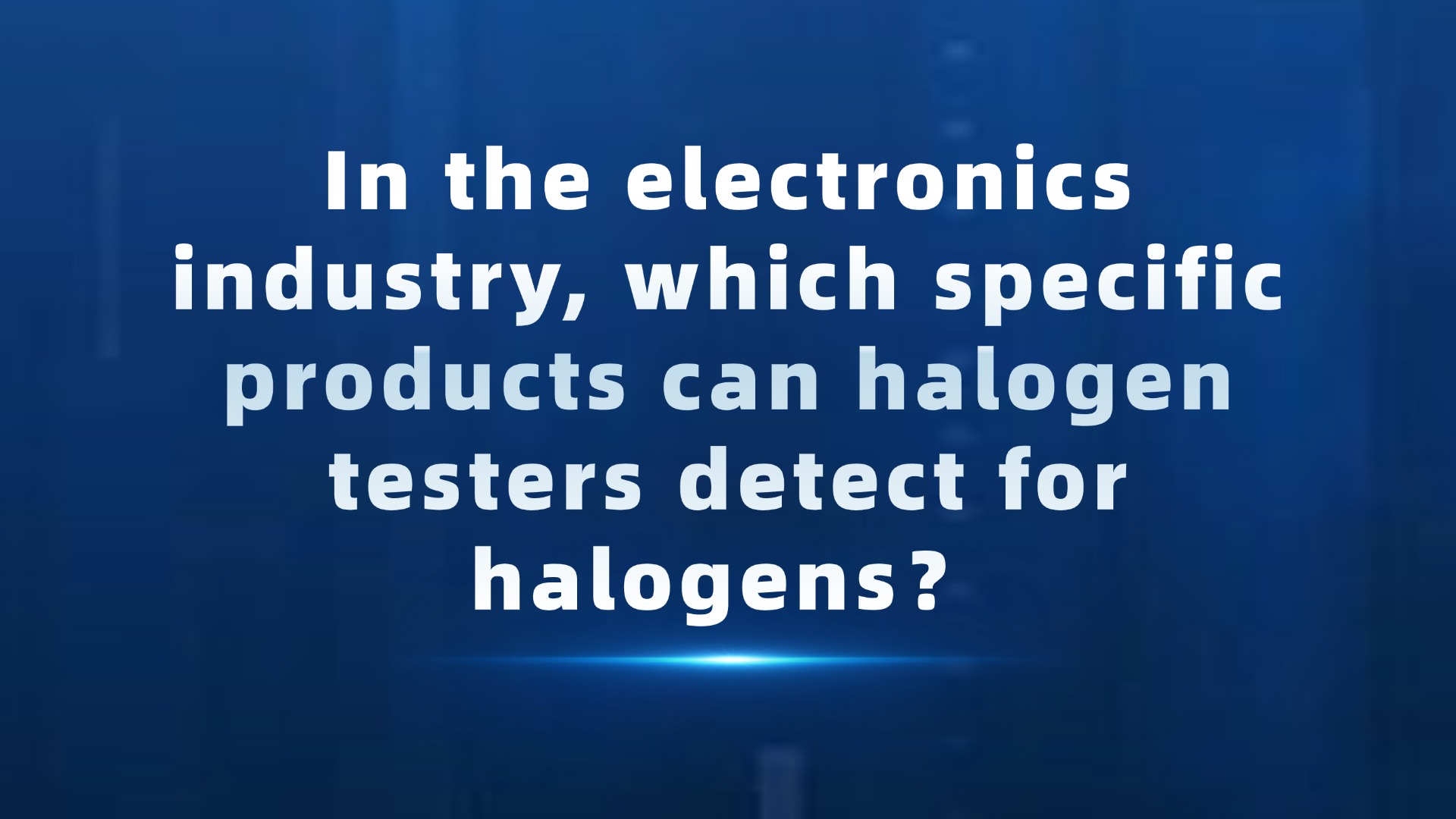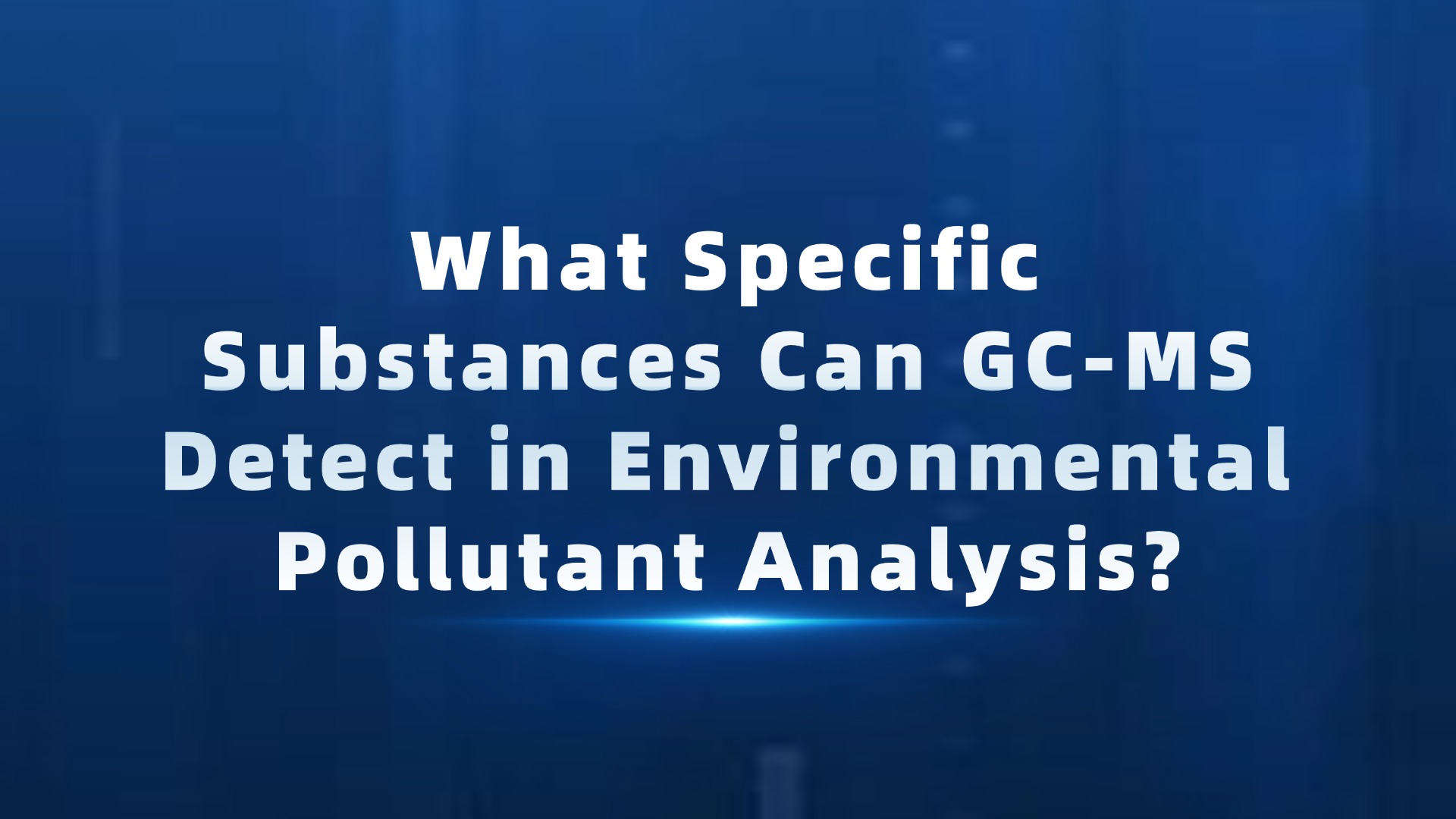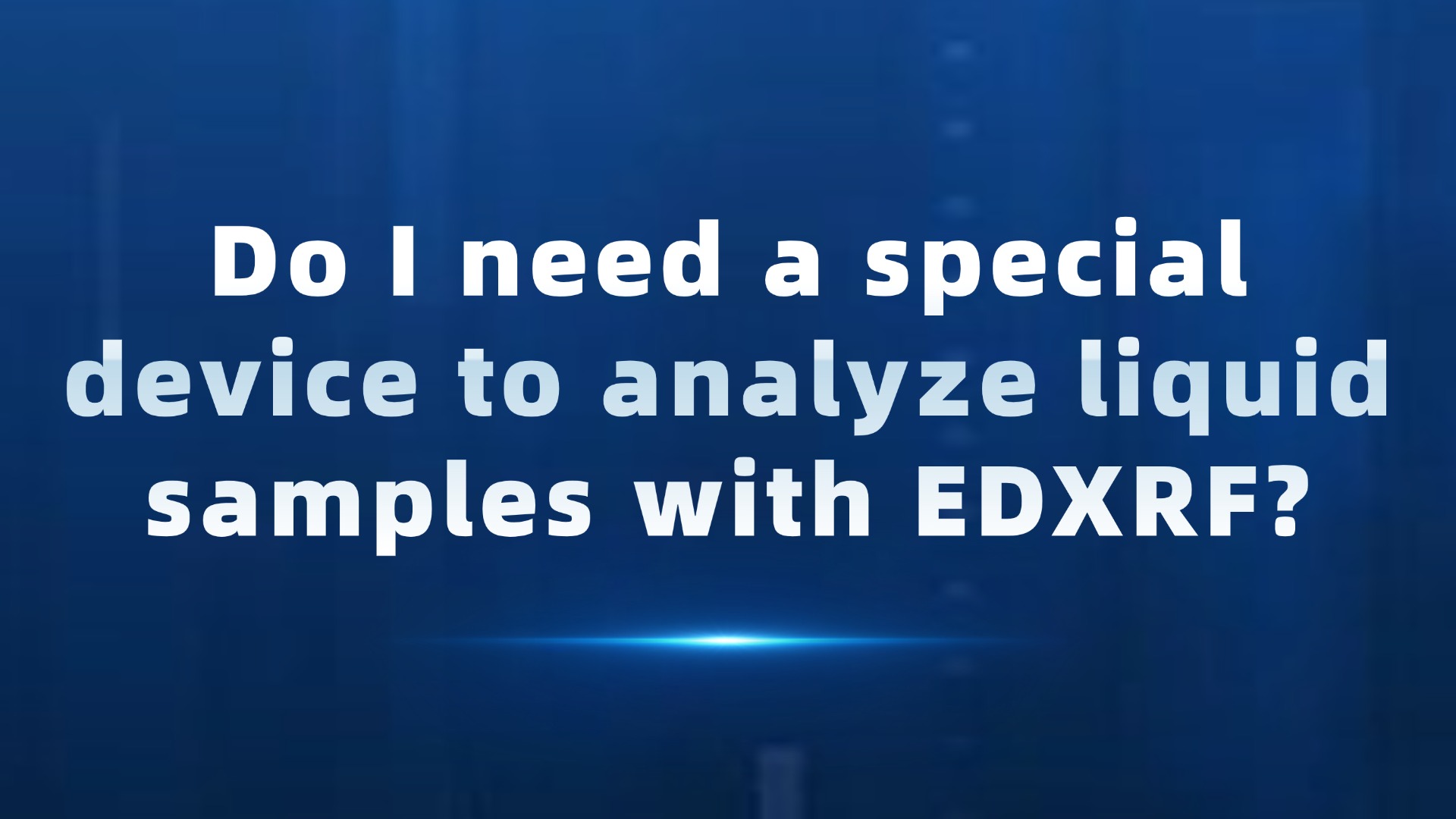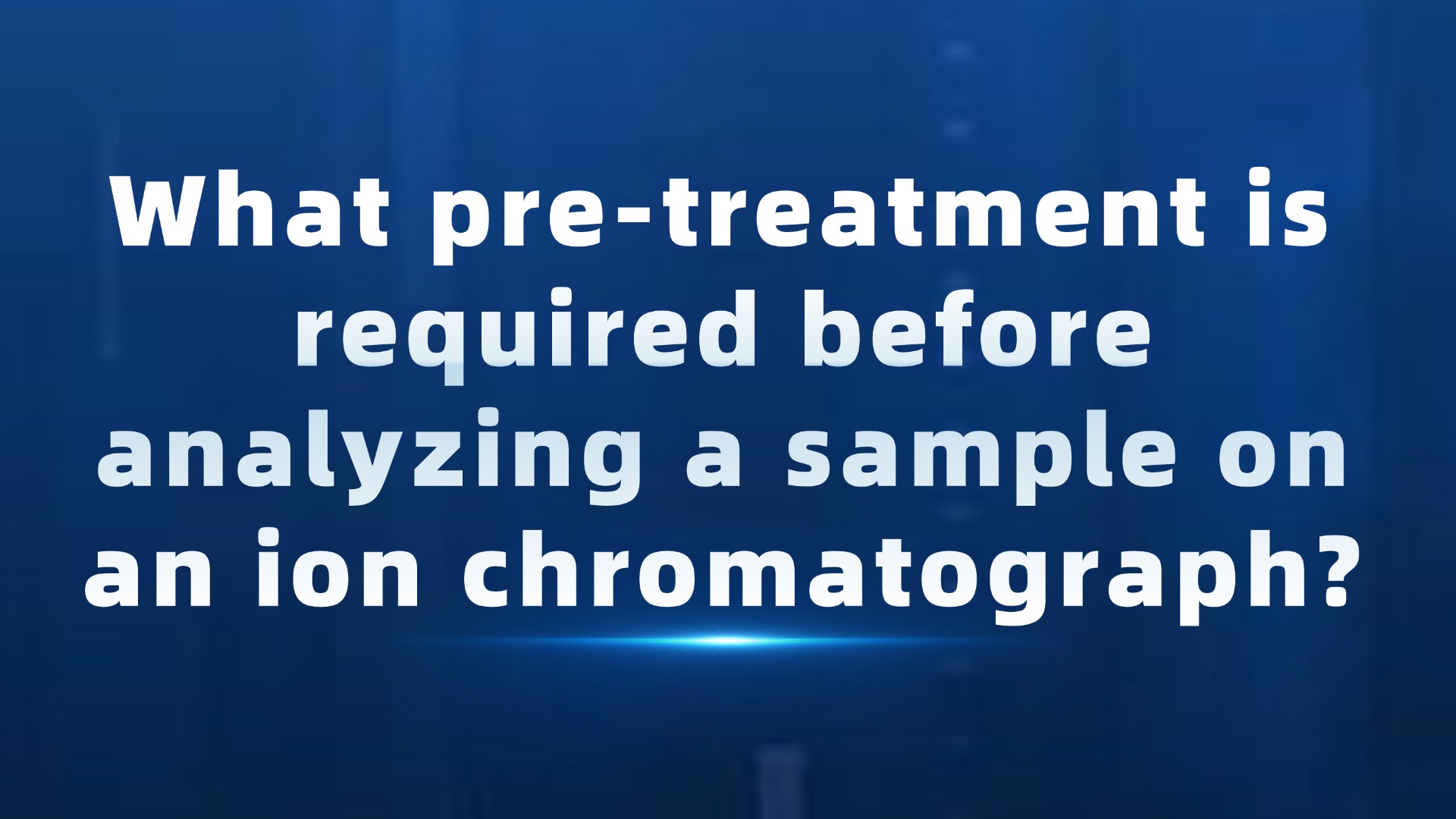As the name suggests, an organic compound comprehensive analyzer is an instrument used to detect organic compounds. However, organic compounds are incredibly diverse, ranging from simple methane to complex proteins, all of which fall under the category of organic compounds. So, what types of organic compounds can this "comprehensive" analyzer actually detect?
First, it’s important to clarify one point: There is no universal instrument capable of detecting all types of organic compounds. Different organic compound comprehensive analyzers have varying detection ranges and focuses.
Generally speaking, organic compound comprehensive analyzers primarily detect the following categories of organic compounds:
Volatile Organic Compounds (VOCs): These compounds have low boiling points and are prone to volatilization at room temperature, such as benzene, toluene, and formaldehyde. They are widely found in products like paints, coatings, adhesives, and cleaning agents, and are also a major source of indoor air pollution. Instruments for detecting VOCs typically use gas chromatography (GC) or photoionization detection (PID).
Semi-Volatile Organic Compounds (SVOCs): These compounds have higher boiling points and lower volatility, such as polycyclic aromatic hydrocarbons (PAHs), phthalates (PAEs), and organochlorine pesticides. They are often present in plastic products, electronic devices, textiles, and other items, and can enter the environment through air, water, and soil. Instruments for detecting SVOCs usually employ gas chromatography-mass spectrometry (GC-MS).
Persistent Organic Pollutants (POPs): These compounds are environmentally persistent, bioaccumulative, capable of long-range transport, and highly toxic, such as dioxins and polychlorinated biphenyls (PCBs). They pose significant risks to ecological environments and human health and are a globally recognized environmental issue. Instruments for detecting POPs typically use high-resolution gas chromatography-mass spectrometry (HRGC-HRMS).
Other Specific Organic Compounds: Some organic compound comprehensive analyzers are designed to detect specific types of organic compounds, such as:
Total Organic Carbon (TOC): A comprehensive indicator reflecting the total amount of organic compounds in water.
Adsorbable Organic Halogens (AOX): An indicator reflecting the pollution level of halogenated organic compounds in water.
Petroleum Hydrocarbons: Used to detect pollution from petroleum-based substances in environmental media.
It’s important to note that the above list only covers common detection targets for organic compound comprehensive analyzers. The specific detection range depends on the instrument model and configuration.
In addition to detection targets, organic compound comprehensive analyzers also differ in detection principles, sensitivity, accuracy, and ease of operation. When selecting an instrument, users need to consider their specific needs and budget.
In summary, organic compound comprehensive analyzers are indispensable tools in fields such as environmental monitoring, food safety, and industrial production. Understanding their detection capabilities and limitations helps us better utilize these instruments to protect the environment and human health.
In the future, with the continuous advancement of science and technology, organic compound comprehensive analyzers will become more intelligent and portable, with expanding detection ranges and improved accuracy, bringing greater convenience and safety to our lives.
